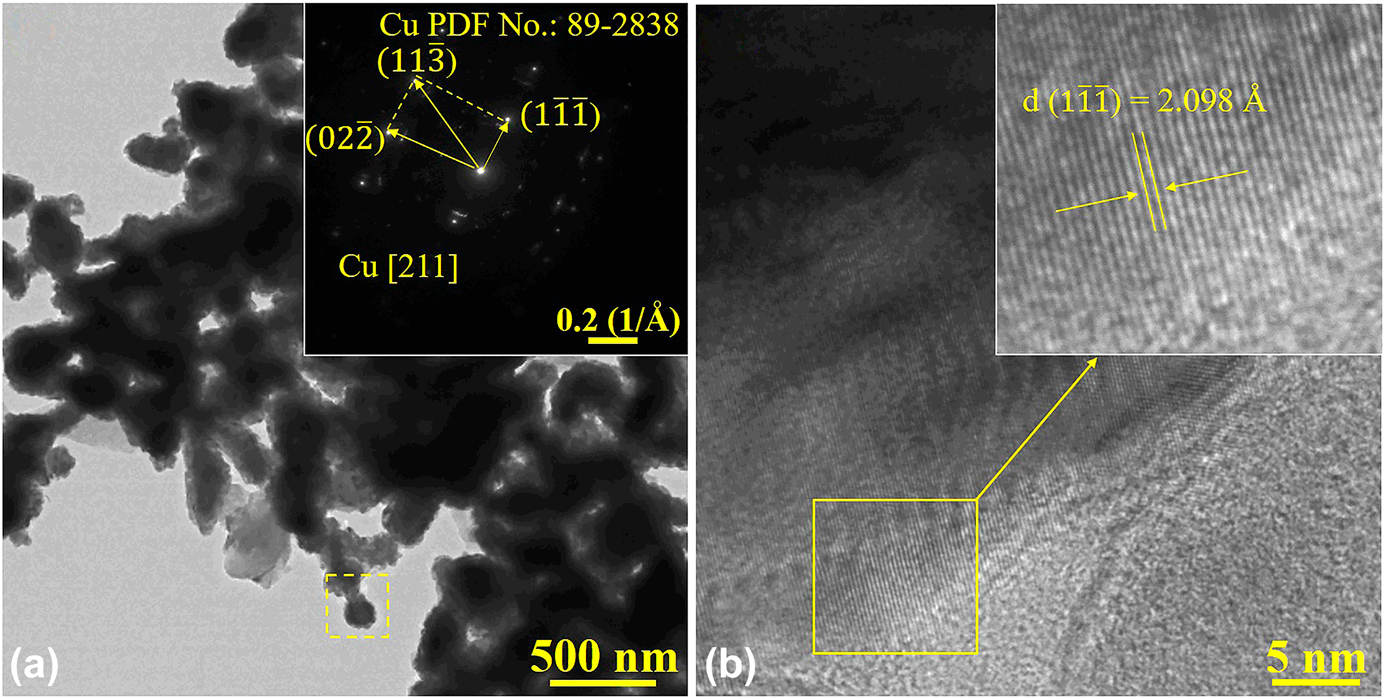Crossref Citations
This article has been cited by the following publications. This list is generated based on data provided by
Crossref.
Sun, Li
Li, Jihua
Xu, Ruidong
He, Shiwei
Hua, Zhongsheng
and
Liu, Huan
2021.
One-step rapid synthesis of a 3D porous surface on Zr-based bulk metallic glass.
Surface and Coatings Technology,
Vol. 418,
Issue. ,
p.
127230.
Venkatesh, V.S.S
and
Deoghare, Ashish B
2022.
Effect of Sintering Mechanisms on the Mechanical Behaviour of SiC and Kaoline Reinforced Hybrid Aluminium Metal Matrix Composite Fabricated through Powder Metallurgy Technique.
Silicon,
Vol. 14,
Issue. 10,
p.
5481.
Li, Xudong
Yang, Bin
Cai, Jiaxian
Feng, Yunhao
Duan, Liangming
and
Shang, Yueming
2023.
Synthesis of reinforced porous Pt-based alloy SPE membrane electrodes for hydrogenation of cyclohexene by electrochemical etching.
Journal of Solid State Electrochemistry,
Vol. 27,
Issue. 10,
p.
2799.
Venkatesh, V.S.S.
Rao, Ganji Prabhakara
Patnaik, Lokeswar
Gupta, Nakul
Kumar, Sunil
Saxena, Kuldeep K.
Sunil, B.D.Y.
Eldin, Sayed M.
and
Kutham Al- kafaji, Fatima Hiader
2023.
Processing and evaluation of nano SiC reinforced aluminium composite synthesized through ultrasonically assisted stir casting process.
Journal of Materials Research and Technology,
Vol. 24,
Issue. ,
p.
7394.
Li, Jinglei
Yu, Bin
Ran, Yunfei
Liu, Yalong
Fei, Xiangyu
Sun, Jiameng
Tan, Fuquan
Cheng, Guanhua
Zhang, Ying
Qin, Jingyu
and
Zhang, Zhonghua
2024.
Synthesis and Structural Modulation of Nanoporous Copper Films by Magnetron Sputtering and One-Step Dealloying.
Materials,
Vol. 17,
Issue. 23,
p.
5705.
Liu, Chaoyue
Ge, Manwei
Pan, Zhi
Han, Dong
Wang, Meng
Wang, Shuo
and
Ao, Guanghong
2024.
Recent progress in the fabrication of free-standing three-dimensional nanoporous metals: a review.
Journal of Materials Science: Materials in Electronics,
Vol. 35,
Issue. 28,
Panda, Deepak
Yara, Ramreddy
Nath, Sudhansu Sekhar
Mandal, Animesh
and
Mangipudi, Kodanda Ram
2024.
Hierarchical Porous Cu with Trimodal Porosity Produced Through Investment Casting and Dealloying.
JOM,
Vol. 76,
Issue. 3,
p.
1680.
